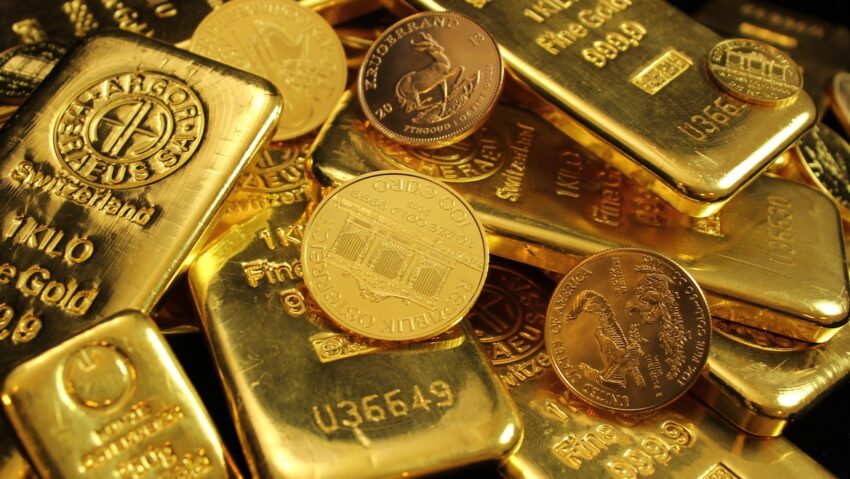Gold, a precious metal with an illustrious history, has captivated humanity for millennia. Revered for its intrinsic beauty, rarity, and durability, gold has played a central role in shaping the course of human civilization, particularly as a medium of exchange, or currency. This article delves into the captivating journey of gold as a currency, exploring its origin, evolution, and the profound impact it has had on economies and societies worldwide.
Ancient Origins of Gold as Currency
The roots of gold as a currency can be traced back to ancient civilizations, where it was initially valued for its decorative and symbolic qualities as much as it was for its beauty and rarity.
The ancient Egyptians, around 2600 BCE, were among the first to recognize the intrinsic value of gold and use it as a form of exchange. They recognized its scarcity and its association with the sun god Ra, leading them to use gold as an offering in religious ceremonies and in elaborate burials of royalty.
Similarly, the Sumerians in Mesopotamia (modern-day Iraq) around 3000 BCE and the Indus Valley Civilization around 2500 BCE also adopted gold as a form of currency for trade and religious practices. Gold’s scarcity and malleability made it an ideal medium for crafting exquisite jewelry and other artifacts, adding to its desirability.
Gold in Classical Antiquity
The concept of using gold as a standardized form of currency found its roots in classical antiquity. In ancient Greece, around 700 BCE, gold coins known as staters became a prevalent form of trade and commerce. These coins featured symbols and images representing the issuing city-state and were widely recognized for their intrinsic value. These coins gained wide acceptance and became essential for trade and commerce in the Mediterranean region.
The Lydians, an ancient civilization in Asia Minor, are credited with producing the first official gold coins around 600 BCE. The introduction of standardized gold coinage in the form of the Lydian Lion played a significant role in advancing the use of gold as currency.
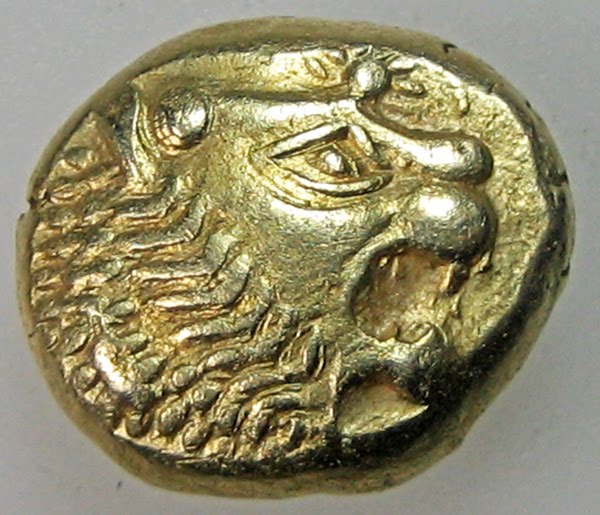
The Roman Empire further solidified gold’s status as a currency during its reign. Gold coins such as the aureus and the solidus were in widespread use, facilitating trade and financing the vast empire. The Roman monetary system, which was based on the gold standard, remained influential for centuries and laid the foundation for future monetary systems.
Gold in the Roman Empire
The Roman Empire solidified gold’s status as a currency during its reign. The aureus, a gold coin first minted in 50 BCE, became the primary currency for large transactions and military payments. Its smaller counterpart, the solidus, maintained its prominence for over 700 years as a symbol of the Roman economy’s stability and power.
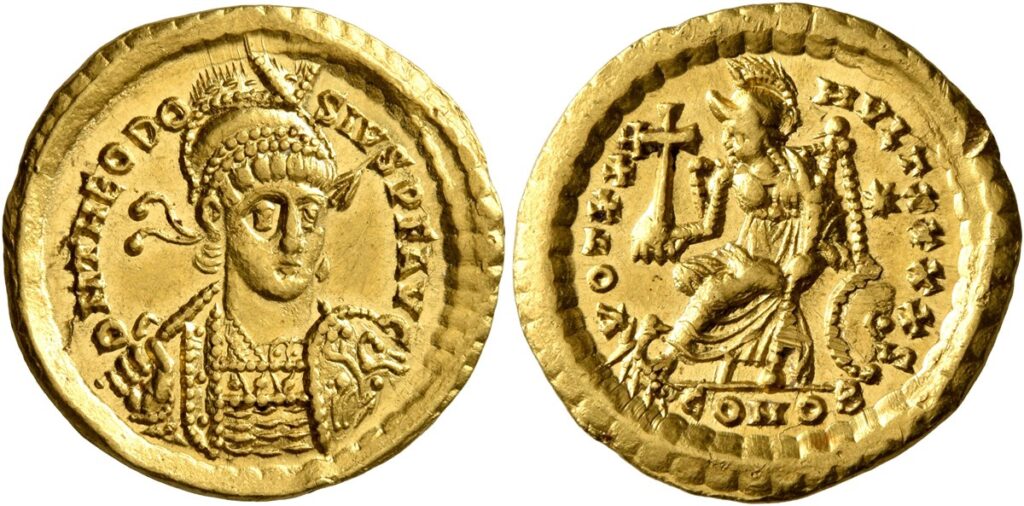
The Roman monetary system, based on the gold standard, heavily influenced economies and trade networks throughout the empire, and laid the foundation for future monetary systems, leaving a lasting legacy in the world of currency.
Gold in Medieval Times
The fall of the Roman Empire and other geopolitical shifts, led to a temporary decline in gold’s prominence as a currency in Europe during the early Middle Ages. However, with the rise of Islamic world and Byzantine Empire, gold continued to be used as a medium of exchange in the eastern part of the world. The Islamic dinar and the Byzantine solidus were significant gold coins during this period.
In Europe, the Venetian ducat, first minted in 1284, became a widely accepted gold coin for international trade. The popularity of gold coins for cross-border transactions gradually expanded, contributing to the growth of interconnected trade networks. It served as a testament to the enduring appeal of gold as a currency, even during periods of regional economic turbulence.
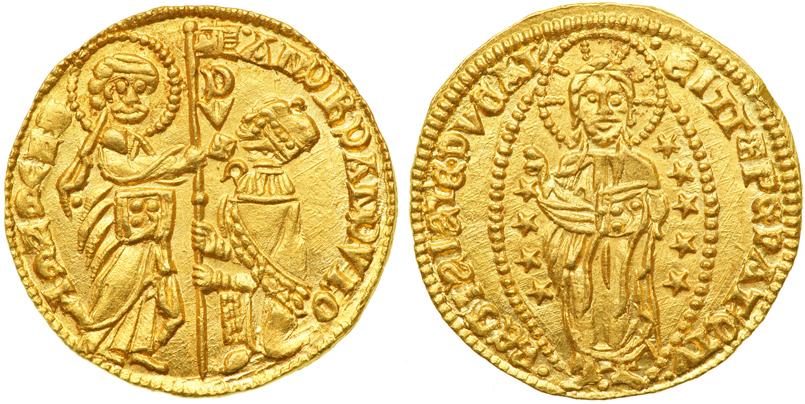
The Age of Exploration and Gold
The Age of Exploration in the 15th and 16th centuries brought about significant changes in global trade patterns. As explorers from Europe set sail to discover new lands, they encountered vast reserves of gold in the Americas. This influx of gold disrupted the existing economic balance and led to inflation in Europe.
The Spanish conquests, notably those lead by Hernán Cortés and Francisco Pizarro in the New World, particularly in regions like Mexico and Peru, flooded Europe with a surge of gold, impacting economies and influencing monetary policies. This had a profound impact on the global economy and led to the famous “Gold Rush.”
During this period, gold coins like the Spanish doubloon and the Portuguese cruzado gained popularity and were widely used in international trade. The abundance of gold also led to the creation of gold-backed currencies, where paper money was directly convertible into gold.
The Gold Standard and Modern Monetary Systems
The 19th and early 20th centuries saw the widespread adoption of the gold standard, a monetary system where the value of a country’s currency was directly linked to a specific amount of gold. This system aimed to stabilize exchange rates and foster international trade by providing a fixed benchmark for currencies.
The United Kingdom officially adopted the gold standard in 1821, followed by other major economies such as the United States, Germany, and France. Under this system, citizens could exchange their paper money for gold at a fixed rate, ensuring confidence in the currency’s value.
The gold standard, however, faced challenges during times of economic turmoil and wars. Many countries temporarily suspended the convertibility of their currencies into gold during these periods, leading to fluctuations and economic instability.
The Demise of the Gold Standard and the Modern Era
The gold standard faced its ultimate challenge during the Great Depression in the 1930s. Governments worldwide began suspended the convertibility of their currencies into gold, thus abandoning the gold standard to implement expansionary monetary policies, as they sought to stimulate their economies.
The Bretton Woods Agreement, established in 1944, created a new international monetary system, with the United States anchoring the value of the US dollar to gold while other currencies pegged their values to the US dollar.
This system, known as the Bretton Woods system, effectively ended in 1971 when President Richard Nixon terminated the direct convertibility of the US dollar into gold. Since then, the world has operated on a fiat currency system, where money has value because governments decree it.
Gold as a Modern Investment and Store of Value
Following the dissolution of the Bretton Woods system, gold took on a new role as an investment and store of value. Investors and governments alike recognized its inherent stability and ability to act as a hedge against economic uncertainties, inflation, and geopolitical risks. Central banks of various countries continued to hold significant gold reserves to maintain stability in their economies and manage risk.
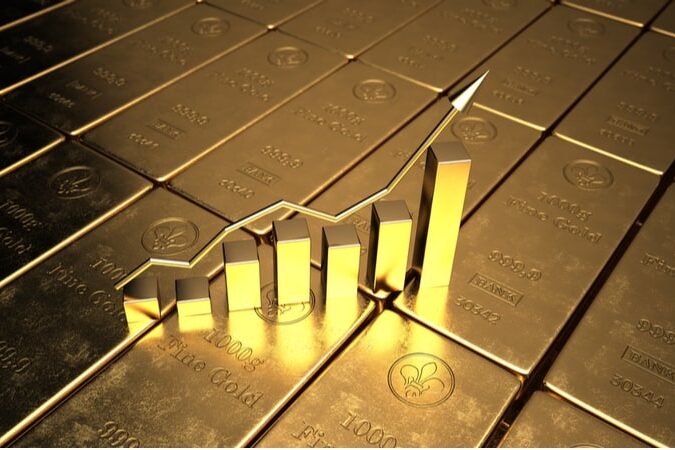
In the modern era, gold has also become a popular choice for private investors seeking to diversify their portfolios. Gold’s historical significance, combined with its limited supply, has contributed to its enduring allure as a safe-haven asset.
In Conclusion
Gold’s captivating journey as a currency spans across millennia, shaping the course of human civilization and global economies. From its ancient origins in religious offerings and trade to its prominence as the basis for monetary systems and coinage, gold’s enduring allure as a symbol of wealth and stability persists.
While gold is no longer used as a direct form of currency in the modern era, its legacy lives on as central banks hold it in reserves, and individuals continue to invest in it as a store of value. As the world of finance continues to evolve, gold’s historical significance ensures its place as a timeless asset, continuing to glitter in the annals of human history.
